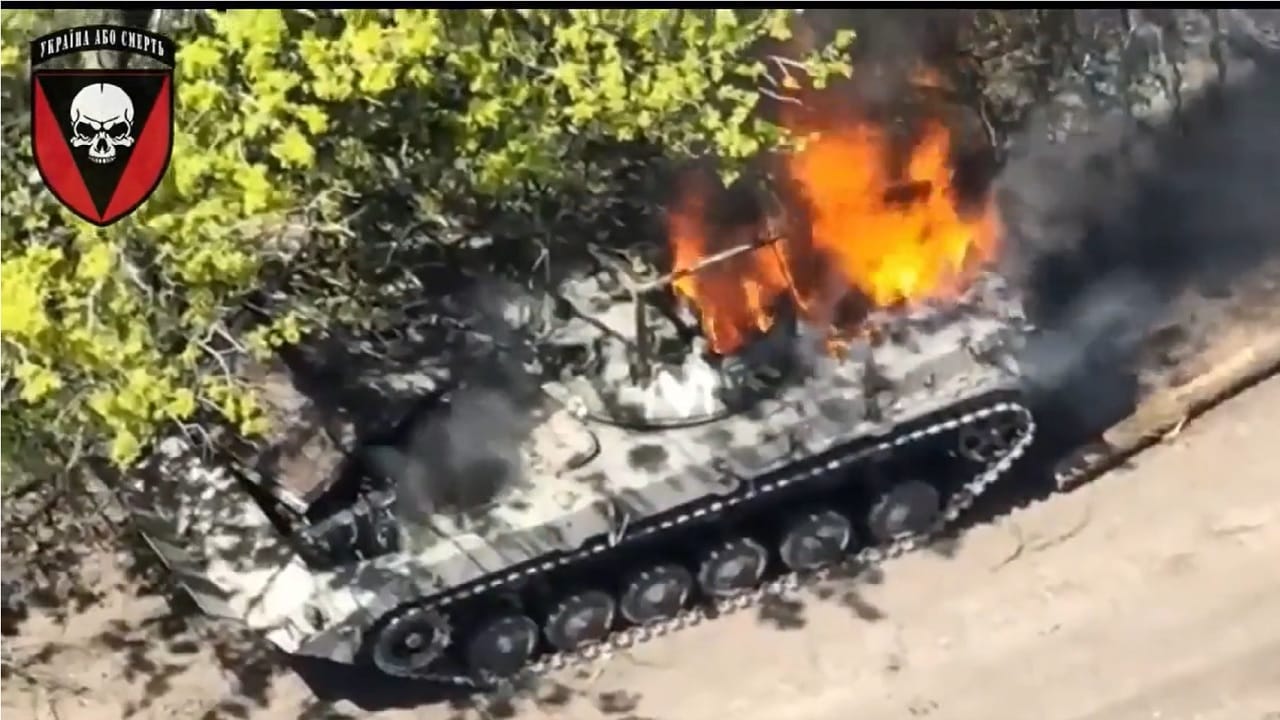Ukrainian forces have reportedly penetrated Russia’s main defensive line nearly four months into its counter-offensive.
Though small, this feat is hugely significant for Kyiv as it marks the first time its forces have breached Moscow’s main line of defenses near the Village of Verbove in Zaporizhzhia Oblast.
Since this critical line is riddled with anti-tank obstacles and concrete blocks referred to as “dragon’s teeth,” Ukrainian troops have struggled to press through. While this latest development is a morale booster for those backing Ukraine’s defensive efforts, it will come at a high cost.
Russian troops are clamoring the breached area with heavy firepower and many casualties have already been reported. As explained by a frontline Ukrainian officer, “We are pushing through, we are destroying them. But the price …”
Mounting Casualties in the War
Since the onset of the Russian invasion, both sides have suffered heavy casualties. A New York Times report most recently estimated that roughly half a million soldiers have perished since February 2022. Moscow has likely lost around 300,000 personnel, while Ukraine’s deaths total around 70,000.
According to the report, officials used “satellite imagery, communication intercepts, social media and news media dispatches from reporters in the country, as well as official reporting from both governments,” in order to obtain these numbers.
However, the report also noted that collecting exact figures is difficult since both Moscow and Kyiv have strategic reasons for concealing accurate estimates. In addition to personnel losses, the Kremlin has certainly underestimated the amount of military equipment and heavy weaponry it has lost so far in the war. Large swaths of Moscow’s main battle tank fleet, ammunition, and infantry fighting vehicles have been obliterated, captured, or simply abandoned in Ukraine over the last year and a half.
Ukraine Also Attacks Moscow’s Black Sea Fleet
In addition to its main defense line breakthrough, Ukrainian troops launched a missile barrage targeting Moscow’s Black Sea fleet headquarters this week. Kyiv has ramped up attacks in the Russian-occupied Crimean Peninsula this summer, however, this latest strike is perhaps the most ambitious yet.
Russia has controlled the Peninsula since 2014, when it invaded the territory and subsequently annexed it. According to Sevastopol’s Russian-appointed governor Mikhail Razvozhayev, Kyiv targeted the Black Sea fleet’s headquarters and one Russian soldier was missing. State media outlets reported that five of Ukraine’s missiles were shot down by air defense systems and that the Black Sea Fleet’s historical headquarters were indeed damaged.
Earlier this summer, Kyiv used an experimental sea drone to strike Russia’s bridge to Crimea. The attack on the vital crossing was a blow to Russia’s offensive efforts since the Kerch bridge functions as a critical supply ink for Moscow’s military operation in the Peninsula.
While the “Sea baby drone” is a domestic concoction, a large portion of Kyiv’s military arsenal has been provided by the U.S. and other North Atlantic Treaty Organization (NATO) allies. As Ukrainian troops continue to push through Russian defense lines, these advanced weapons systems will likely play a leading role.
Maya Carlin, a Senior Editor for 19FortyFive, is an analyst with the Center for Security Policy and a former Anna Sobol Levy Fellow at IDC Herzliya in Israel. She has by-lines in many publications, including The National Interest, Jerusalem Post, and Times of Israel. You can follow her on Twitter: @MayaCarlin.

